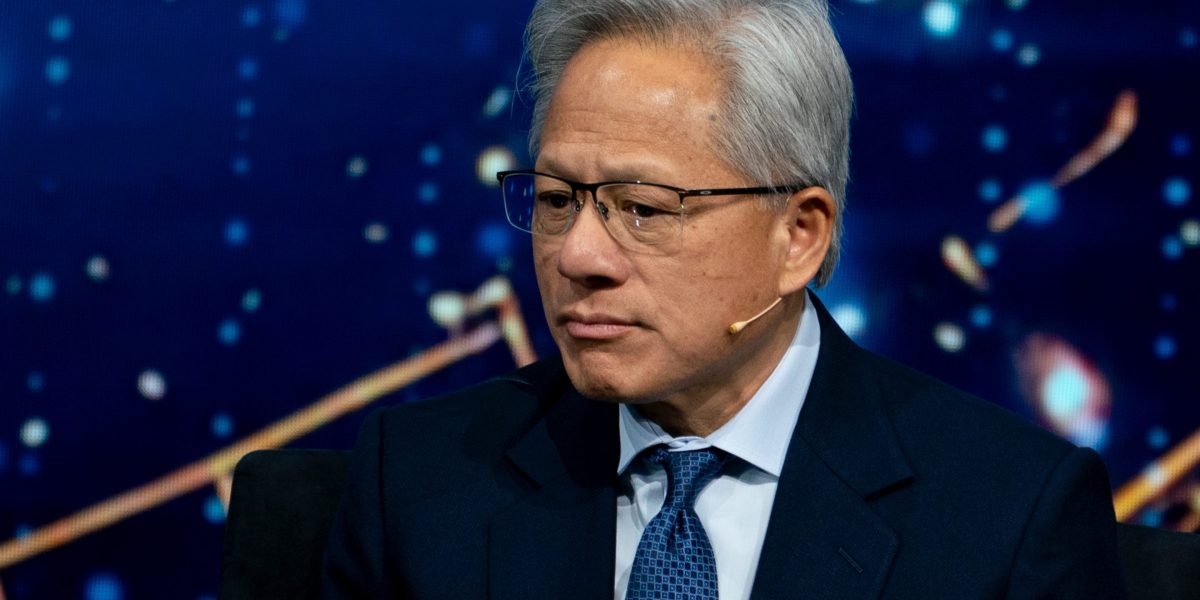
"The VIX, for those unfamiliar, measures expected 30-day volatility in S&P 500 options, essentially tracking how much investors will pay to protect against market swings. Readings above 20 signal heightened anxiety; readings above 40 often mark crisis points. On April 8, the VIX peaked at 52.33 after Trump's tariff announcement sent global markets into freefall. Thursday's spike stemmed from different concerns."
"Wall Street is growing concerned over stock valuations, particularly among U.S. tech giants, as several firms are trading at price-to-earnings multiples last seen during the early 2000s dot-com bubble. Even Nvidia's blockbuster earnings couldn't calm nerves, as investors questioned whether AI-fueled gains had outpaced reality. The Federal Reserve has added to the uncertainty. Fed Chair Jerome Powell's recent statements suggest a pause in rate cuts. This shift removed a key support for risk assets that had helped markets rally 42% from their April lows."
The Cboe Volatility Index (VIX) rose to 27.8 on Thursday, closed near 26.3, and fell to 25.30 on Friday. November's roughly 50% increase in the VIX was only the 11th such monthly surge in history. Readings above 20 signal anxiety; April's tariff shock drove the VIX to 52.33. The recent jump reflected concerns about stretched U.S. tech valuations and doubts that AI-driven gains justify current prices. Federal Reserve signals reduced support for risk assets after Chair Powell suggested a pause in rate cuts. Money markets shifted from about a 40% to roughly a 73% chance of a December rate reduction.
Read at Fortune
Unable to calculate read time
Collection
[
|
...
]